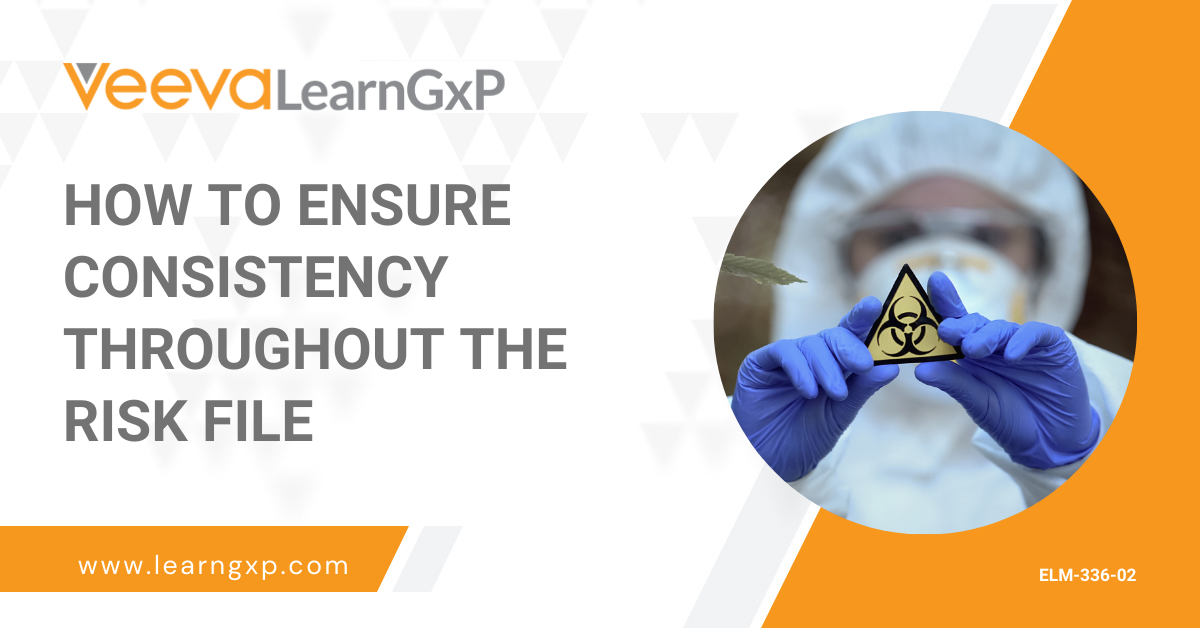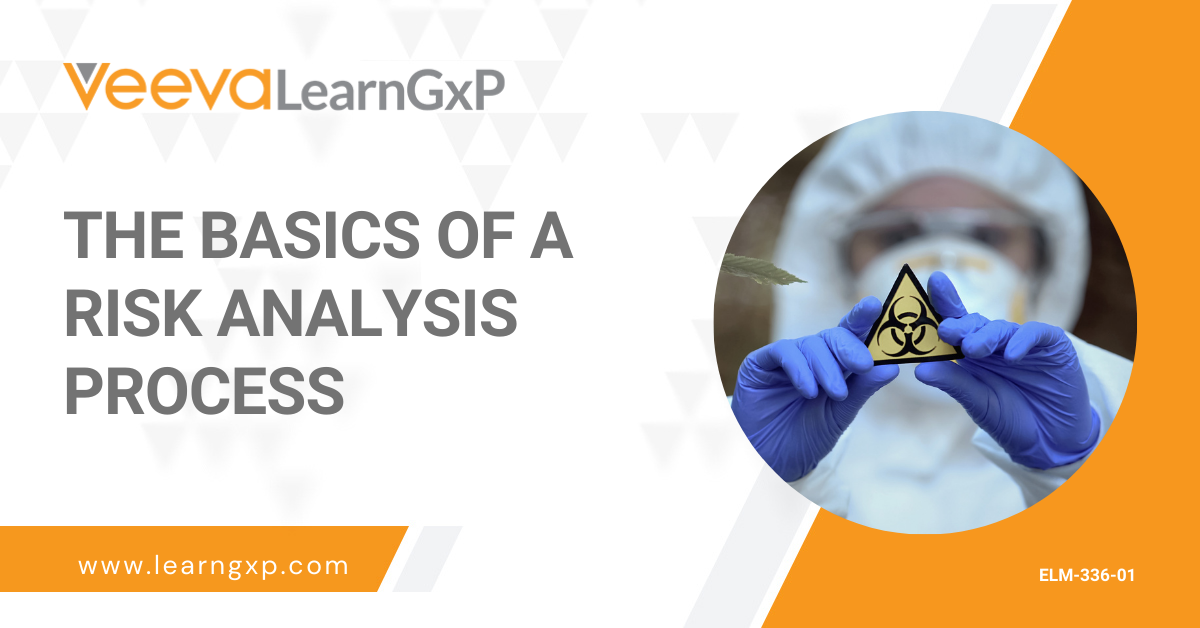|
Hazardous Situation Caused |
Potential Effect(s) of Failure |
Pre Ctl |
||||
|
P1 |
P2 |
P(o) |
Sev |
RPN |
||
|
Enclosure Damage |
Minor cuts, abrasions not requiring medical intervention |
4 |
2 |
2 |
2 |
4 |
|
Enclosure Damage |
Death by electrocution |
4 |
2 |
2 |
5 |
10 |
Risk Evaluation
P1 is the probability of occurrence, P2 is likelihood of harm occurring should it occur, and P(o) is our normalized probability.
Remember, this is really supposed to be considered PRIOR to any design controls being in place.
So let’s assume that our plastic might well be brittle. We should be able to assume that the likelihood of dropping is the same and the likelihood of harm occurring should it occur are the same.
Risk Scoring
There seems to be two schools of thought on the risk scoring. One way is the straight-forward multiplication of severity * probability. This gives a clear number that you can compare against your standard color-coded for acceptability severity / probability table. The other school of thought is that the score is either acceptable or unacceptable.
Either way is defensible.
The argument for acceptable/unacceptable is that it’s simple and easy to see where your unacceptable risks are.
The argument for good-old-math is that when we factor in controls (and reduce the probability usually), it’s easier to see the net effects.
For example, if we lower a risk from a multiplied score of 16 to 4, we have a clear indication of the expected effectiveness of the controls. Whereas if we just say acceptable or unacceptable, if you lowered from what numerically would be 9 to 6, it’s still only shown as “acceptable” and there’s no good indication of expected effectiveness.
Note: the color-coding is handy if you can automate it. It’s easy in Excel.





